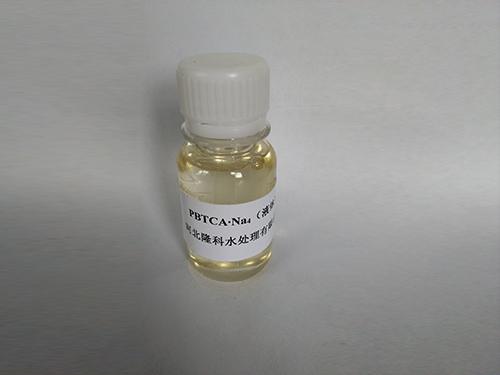Anionic Polyacrylamide Flocculant Applications in Water Treatment Processes and Environmental Management
The Role of Anionic Polyacrylamide Flocculants in Water Treatment
Water treatment processes have become increasingly vital in addressing the global challenges of water scarcity and pollution. Among the various agents employed in these processes, anionic polyacrylamide (APAM) flocculants stand out due to their efficiency in enhancing the separation of solid particles from liquids, thus playing a crucial role in improving water quality.
Understanding Anionic Polyacrylamide
Anionic polyacrylamide is a synthetic polymer derived from acrylamide. The anionic designation refers to the presence of negatively charged functional groups within the polymer chain. This characteristic is essential for its flocculation capabilities, particularly in attracting positively charged particles suspended in water, such as organic materials, sediments, and microorganisms.
Mechanism of Action
The flocculation process involves the aggregation of suspended particles into larger clusters, or flocs, which can then be easily removed from the water. Anionic polyacrylamide acts through a mechanism known as charge neutralization and bridging. When added to a water body, the negatively charged sites on the APAM bind to positively charged particles, reducing the electrostatic repulsion that keeps particles dispersed. Once the particles are neutralized, the long polymer chains can bridge multiple particles, leading to the formation of larger flocs that settle down under gravity.
Applications in Various Industries
The applications of anionic polyacrylamide flocculants are widespread, spanning various sectors. In municipal wastewater treatment, APAM is employed to enhance the sedimentation of sludge, enabling cleaner effluent release into natural bodies of water. In the mining industry, it is used to facilitate the separation of valuable minerals from gangue materials, thereby improving the recovery rates and reducing waste.
anionic polyacrylamide flocculant

Another significant application is in agriculture, where APAM aids in soil erosion control and enhances water retention in arid regions. By adding APAM to irrigation water, farmers can improve soil structure, reduce runoff, and increase crop yield. The use of anionic polyacrylamide in hydraulic fracturing in oil and gas extraction has further demonstrated its versatility—serving as a thickening agent that helps in the efficient extraction of fossil fuels.
Environmental Considerations
Despite the numerous benefits associated with anionic polyacrylamide, environmental concerns must be addressed. APAM is a synthetic compound, and its long-term effects on ecosystems remain a subject of study. There is potential for residual polymer to enter waterways, where it could impact aquatic life. Therefore, it is imperative to adhere to recommended dosages and monitor applications closely to mitigate risks.
Additionally, alternative biopolymers derived from natural sources are being explored as greener substitutes for APAM. These bio-based flocculants often provide similar performance with fewer environmental impacts, aligning with the growing trend toward sustainability in water management practices.
Future Prospects
The future of anionic polyacrylamide flocculants looks promising, driven by ongoing research and innovation. As industries strive to meet stricter environmental regulations and adapt to changing climates, the demand for efficient and effective water treatment solutions will continue to grow. Enhancements in APAM formulations, including the development of more biodegradable options, could further cement its role in sustainable water management.
In conclusion, anionic polyacrylamide flocculants serve a crucial function in various water treatment processes, contributing to improved water quality and resource recovery across numerous sectors. While challenges remain regarding environmental impact, ongoing advancements and a commitment to sustainable practices offer a path forward for this essential chemical in our global quest for clean water.
-
Water Treatment with Flocculant Water TreatmentNewsJun.12,2025
-
Polymaleic AnhydrideNewsJun.12,2025
-
Polyaspartic AcidNewsJun.12,2025
-
Enhance Industrial Processes with IsothiazolinonesNewsJun.12,2025
-
Enhance Industrial Processes with PBTCA SolutionsNewsJun.12,2025
-
Dodecyldimethylbenzylammonium Chloride SolutionsNewsJun.12,2025





